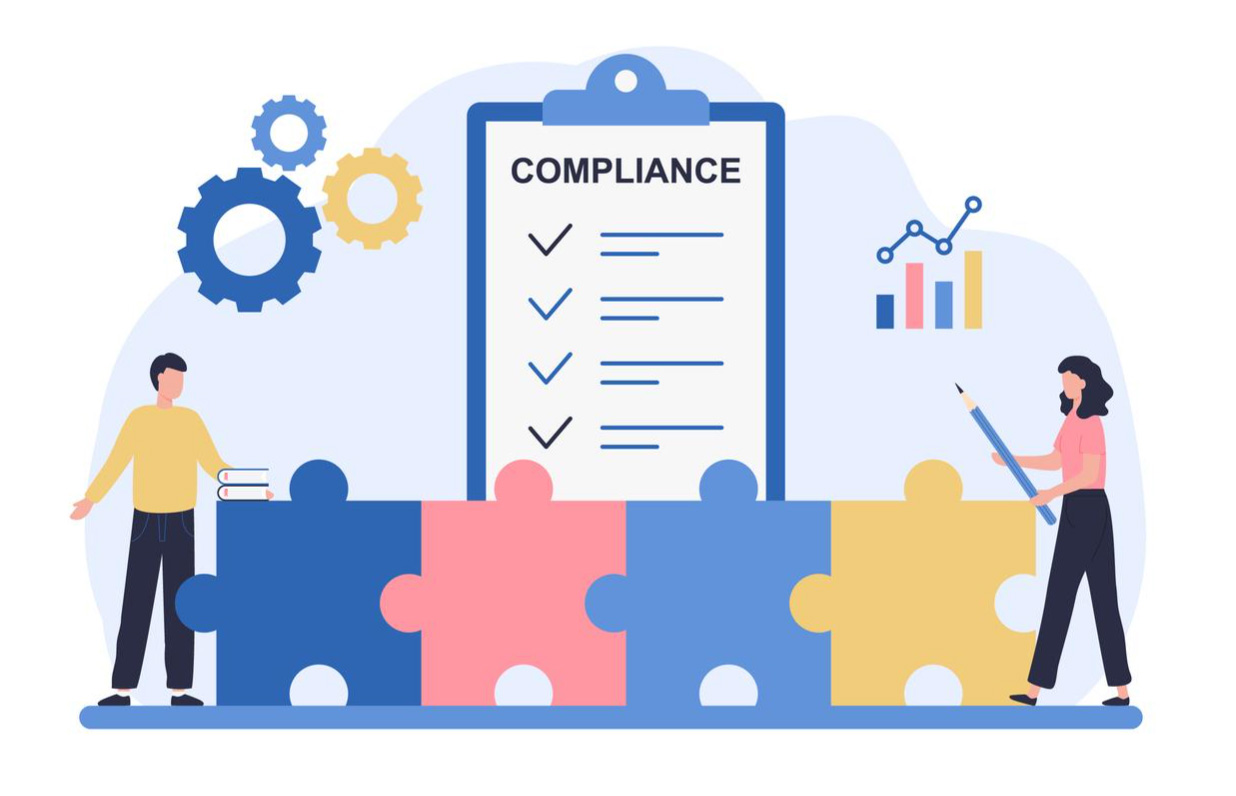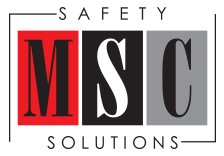The Department of Labor (DOL) recently issued a groundbreaking Final Rule aimed at enhancing workplace safety and transparency. This new regulation requires certain employers to submit their injury and illness data, providing crucial insights into workplace safety standards and identifying potential areas of improvement. In this blog, we will explore the key aspects of this Final Rule, its significance for employers and employees, and the potential impact it may have on the broader landscape of workplace safety.
Background of the Final Rule:
The new Final Rule builds upon the existing Occupational Safety and Health Administration’s (OSHA) electronic recordkeeping requirements. It establishes a mechanism for employers to submit their injury and illness data electronically, making it accessible to both DOL and OSHA for analysis and enforcement purposes. This move is a part of the government’s ongoing efforts to promote transparency and reduce workplace injuries and illnesses.

Applicability and Reporting Requirements:
The Final Rule applies to certain establishments that meet specific criteria. Covered employers include those with 250 or more employees, as well as those with 20 to 249 employees in industries with historically high rates of occupational injuries and illnesses. These employers are required to submit their injury and illness data annually through an electronic reporting system designated by the DOL.
Benefits of Increased Transparency:
By requiring employers to submit their injury and illness data, the DOL aims to achieve several key benefits. First and foremost, it enables better tracking and understanding of workplace injuries and illnesses on a national scale. This data will provide a clearer picture of the most common hazards, helping to shape targeted safety initiatives and strategies.
Moreover, the increased transparency can foster a culture of accountability among employers. The publicly available data will encourage companies to prioritize safety measures and take proactive steps to address potential risks. This, in turn, can lead to a reduction in workplace incidents and an overall improvement in employee well-being.
Improved Data-Driven Decision Making:
With access to comprehensive injury and illness data, the DOL and OSHA will be better equipped to identify emerging trends and patterns in workplace safety. This information will aid in designing more effective safety regulations and compliance standards. Additionally, the data can be used to conduct research on the effectiveness of existing safety measures and devise strategies to prevent future incidents.
Challenges and Concerns:
While the Final Rule is a significant step towards promoting workplace safety, it may also present some challenges for employers. Smaller businesses, in particular, might face difficulties in complying with the electronic reporting requirements due to limited resources or technical expertise. Addressing these concerns and providing adequate support for compliance will be crucial to ensure widespread participation and data accuracy.
The new Final Rule from the DOL represents a major milestone in the pursuit of safer workplaces across the United States. By mandating certain employers to submit their injury and illness data, the government aims to foster transparency, promote accountability, and drive data-driven decision-making in the realm of workplace safety. While challenges exist, the potential benefits are substantial, offering the opportunity for employers to proactively enhance their safety measures and protect the well-being of their workforce.
As the Final Rule takes effect, it is crucial for covered employers to familiarize themselves with the reporting requirements and work towards creating safer and healthier work environments. In doing so, businesses can not only comply with regulatory mandates but also demonstrate their commitment to the well-being of their employees, ultimately contributing to a safer and more sustainable future for the American workforce.




